The winning “water village” entries of the 24H Competition 14th ed. “H2O”
By Justine Testado|
Monday, Jan 30, 2017
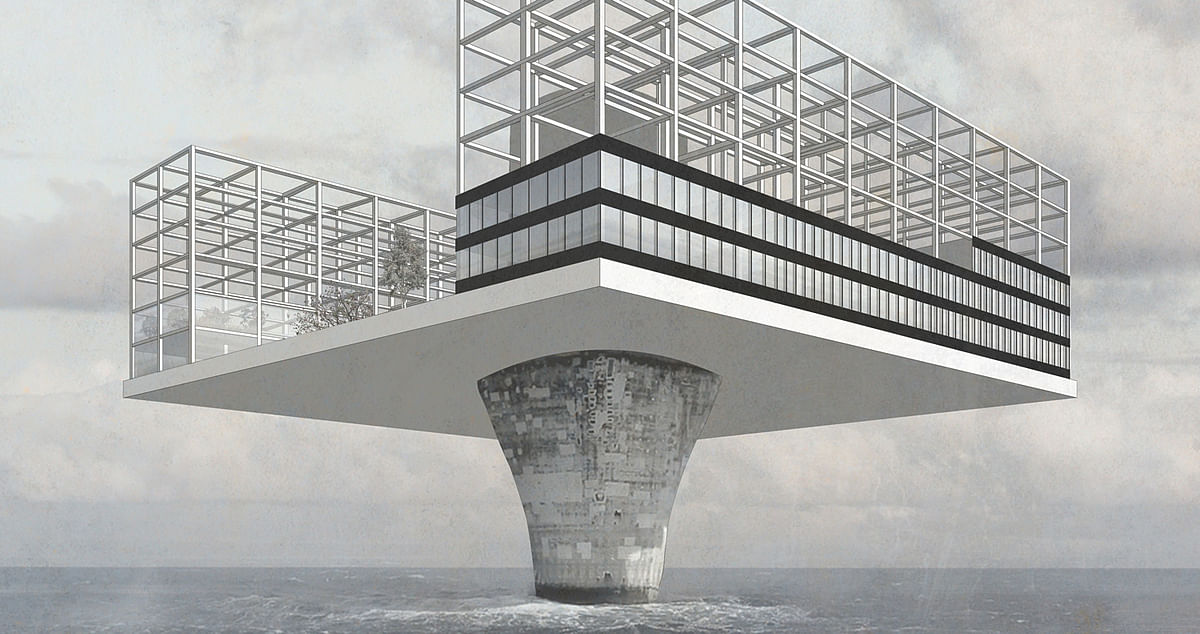
Related
In the coming decades, preparing for climate change is a pressing challenge that cities worldwide must continue to undertake. One of the well-known hazards that climate change poses is rising sea levels. If dry land were to completely disappear, what design solutions can architects come up with now to help people adapt to a changing environment? That was the topic for Ideas Forward's 14th edition of their 24H Competition: H2O.
Once the prompt is revealed, participants race against the clock to complete and submit their proposals within 24 hours. In this edition, designers had to create a replicable small “water village” that can support the basic needs for a small community to survive, and must be able to expand as the population grows.
At the end of the competition, the jury selected three prize winners and seven honorable mentions. Have a look at the winning entries and some jury comments below.
1ST PLACE: Artur Górski, Mikołaj Strzelczuk | Szczecin, Poland

Jury comments:
“This project addresses the possibility to re-use existing industrial facilities. It proposes to build a new platform and a structure organized around a central communal courtyard. This structure allows for flexible growth and constant adaptation to the needs of this future community.” — Diogo Burnay
“The asset of this project comes from its sensitivity to the existing resources, which become even more meaningful in such a future that has less of everything, except water. This project succeeds that condition by proposing water villages sitting on existing elevated platforms. However, it lacks displaying an access to water and other water villages. Such connection would have made this proposal even more thoughtful.” —Duygu Tüntaş
“Sometimes a familiar solution with a twist is enough. The oil rig is already a known habitat, but by resetting and redesigning its elements you can allow it to embrace new pratical needs and, at the same time, create a formal drama. I appreciated the overall elegance of the design, where formal simplicity isn’t a synonymous of a simplistic approach.” — Miguel Judas
2ND PLACE: Jaime Fernandez Gomez, Martin De Pablo Esteban, Lucia Gonzalez-Lamuño Sanchis, Pablo Manteca Martin, Begoña Santolaya Cañibano | Valladolid, Spain

“This proposal has strong formal image using molecule of H2O. Assigning different functions to Oxygen and Hydrogen part with considering future developments. The diagram is also clearly represented.” — Ren Ito
“One of the striking things of this proposal is the way the problem, water, feeds every part of the proposal: the adequacy of the circle as an isostatic form, the play between the parts and the parts and the context. Finally, the courage to assume the risk of being utopian.” — Miguel Judas
“This proposal achieves a solution to the problematization of the competition with a subtle – almost invisible – horizontally growing circles of life. The instrumentalization of water offers simultaneous below-and-above and in-and-out experiences, which is quite positive in regarding water as a design element, instead of a problem.” — Duygu Tüntaş
3RD PLACE: Katharina Lutz, Eduarda Vieira, Alban Wagener | Porto, Portugal
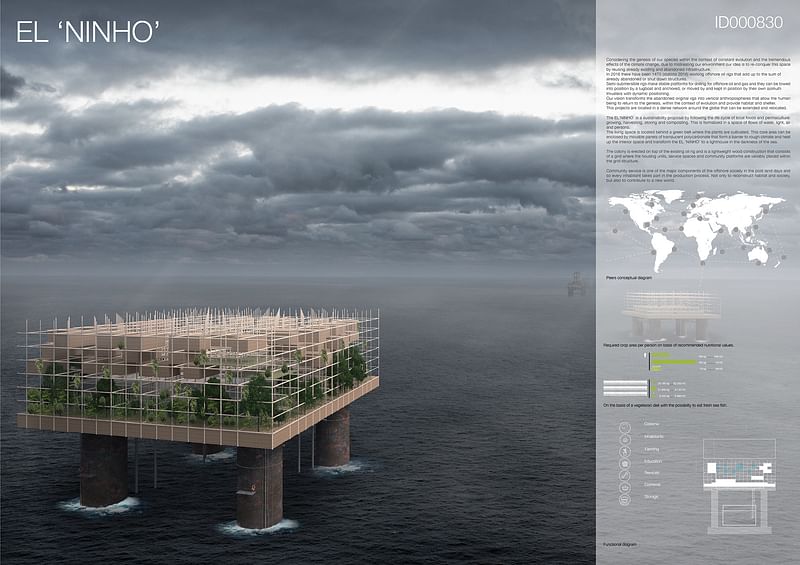
“This project addresses the possibility to re-use abandoned industrial facilities. It proposes to build a new platform and a structure that will accommodate the different programmes and activities needed to accommodate these new communities. This structure allows for a flexible appropriation within its elements, thus generating a series of intertwined spaces for different production activities that will enable this platform to be sustainable throughout time.” — Diogo Burnay
“The most striking aspect of this proposal was tension between natural and artificial. The regularity and simplicity of a system that then is filled in a very organic kind of way. It [reminded] me of Cedric Price’s Fun Palace or Constant Nieuwenhuys’ New Babilon, were architecture is shaped along the way.” — Miguel Judas
“This project offers a nice, livable environment with its 3D grid structure enabling almost random and complex occupation of programs as well as human, animal and plant life. Proposing a reuse of existing structures and a possible network among water villages are also regarded as the positive properties of this project.”— Duygu Tüntaş
“This proposal is also using oil rigs and it mentions food problems that the other proposal doesn’t mention. The proposal has very beautiful image[s] and if it mentions more about how the system works, it would be more interesting.” — Ren Ito
Don't forget to check out the honorable mentions in the gallery below!
Jury members: Ren Ito, Diogo Burnay, José Laranjeira, Miguel Judas, Duygu Tüntaş
All images courtesy of Ideas Forward.

RELATED NEWS Envisioning life on Mars in the 24H Competition 13th edition

RELATED NEWS Reinterpreting the romantic utopian getaway in the 24H Competition 12th edition


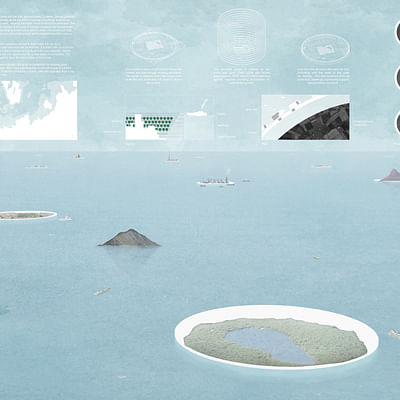
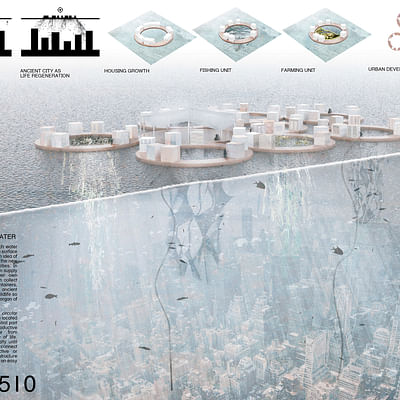

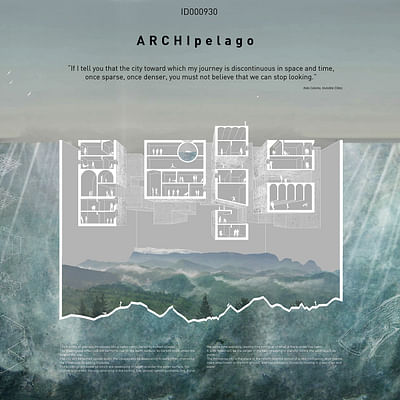
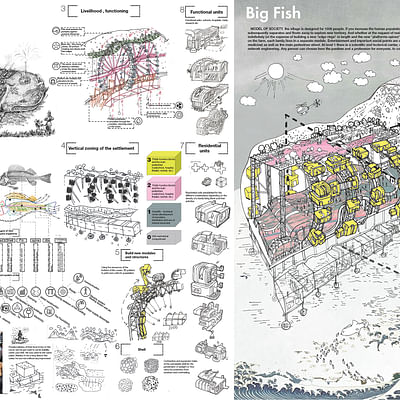


Share
0 Comments
Comment as :